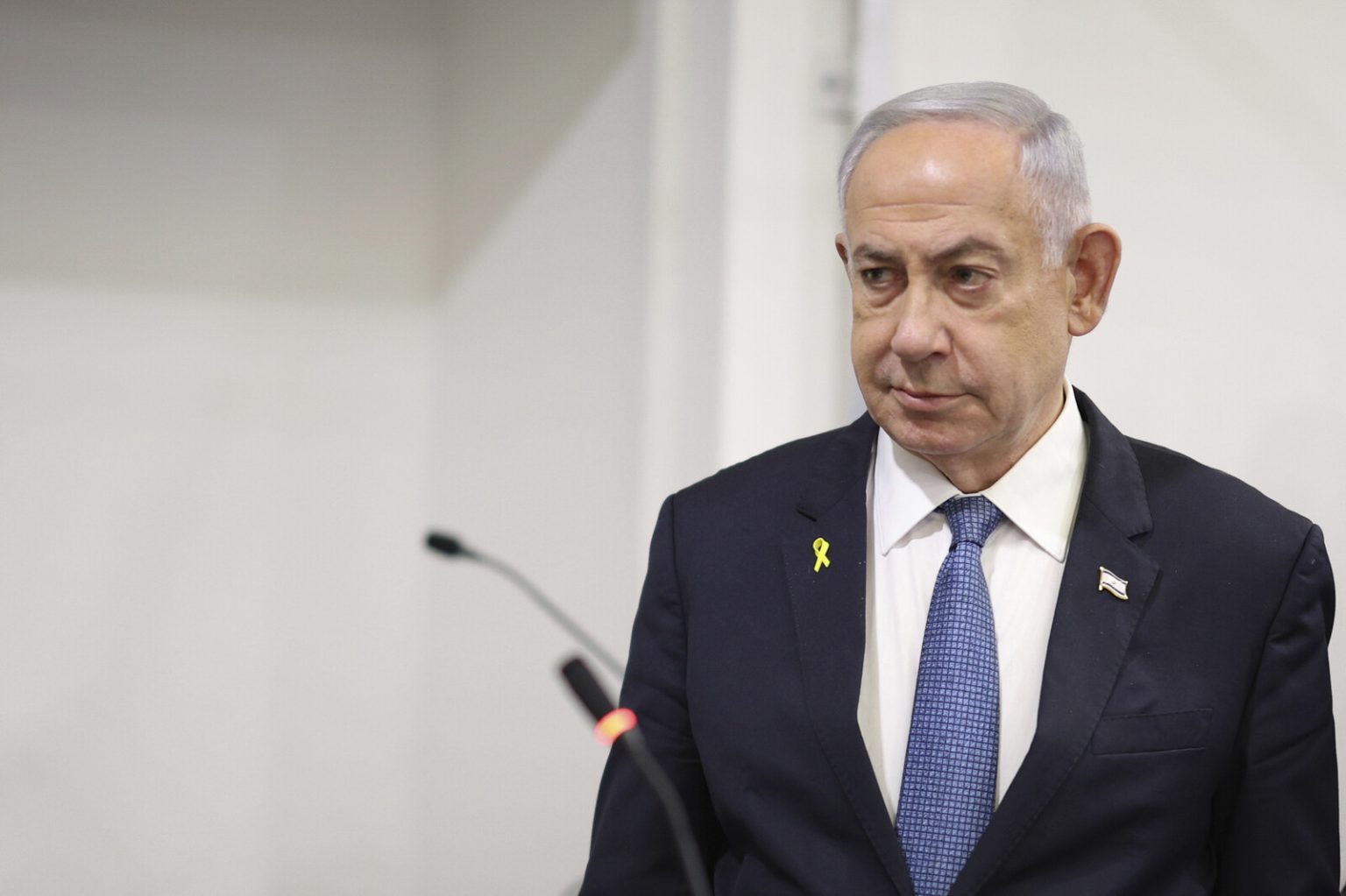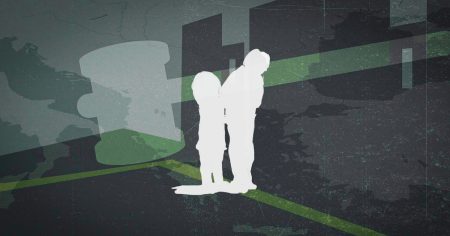The unfolding hostage crisis stemming from Hamas’s brutal attack on southern Israel has seen a glimmer of hope with the announcement of a phased release of captives. Israeli media and the BBC report that Hamas has committed to freeing six hostages in the coming week. This staggered release is linked to Israel’s agreement to permit residents displaced from northern Gaza to begin returning to their homes starting Monday. This development signifies a tentative step towards de-escalation amidst the ongoing conflict, though the situation remains volatile and fraught with distrust.
The initial phase of the release involves the liberation of three hostages before Friday, including Arbel Yehud. Yehud’s case is particularly sensitive, as Israel contends she should have been released on Saturday as part of a previous agreement. The failure to release her as stipulated sparked accusations of ceasefire violations from both sides, highlighting the fragile nature of the truce and the deep-seated animosity fueling the conflict. The accusations further underscore the challenges in navigating negotiations and building trust between the warring parties.
Following the release of the first three hostages, another group of three captives is scheduled to be freed on Saturday, according to the office of Israeli Prime Minister Benjamin Netanyahu. This phased approach to the hostage release appears to be a calculated strategy, potentially serving as a mechanism to ensure continued adherence to the ceasefire agreement. It allows for incremental progress while providing leverage to respond to any perceived breaches of the agreement. The deliberate pacing also suggests a recognition of the complex dynamics at play and the need for cautious navigation of the sensitive negotiations.
The agreement, achieved after what Israel describes as ”tough and determined negotiations,” represents a precarious attempt to address the humanitarian crisis unfolding in Gaza. The return of displaced residents to northern Gaza, albeit a partial and gradual process, offers a modicum of relief to those caught in the crossfire. However, the underlying tension and mistrust remain palpable, as evidenced by Israel’s stern warning that it ”will not allow any violations of the agreement.” This firm stance underscores the precariousness of the situation and the potential for rapid escalation should either side deviate from the agreed-upon terms.
The hostage release and the return of displaced residents are intertwined elements of a fragile ceasefire agreement, painstakingly negotiated amidst the backdrop of escalating violence. While the release of hostages offers a glimmer of hope for their families and a potential pathway towards de-escalation, the overarching conflict remains deeply entrenched. The volatile security situation, coupled with the deep-seated mistrust between Israel and Hamas, creates a challenging environment for sustained progress.
Furthermore, the broader humanitarian crisis in Gaza continues to demand urgent attention. The devastation caused by the conflict, coupled with the pre-existing blockade, has created immense suffering for the civilian population. While the return of some residents to northern Gaza represents a small step forward, the overall humanitarian situation remains dire. The long-term stability and well-being of the region necessitate a comprehensive and sustainable solution that addresses the root causes of the conflict and ensures the protection of civilian lives. The current agreement, while a positive development, represents only a fragile step in a long and arduous journey towards peace.














